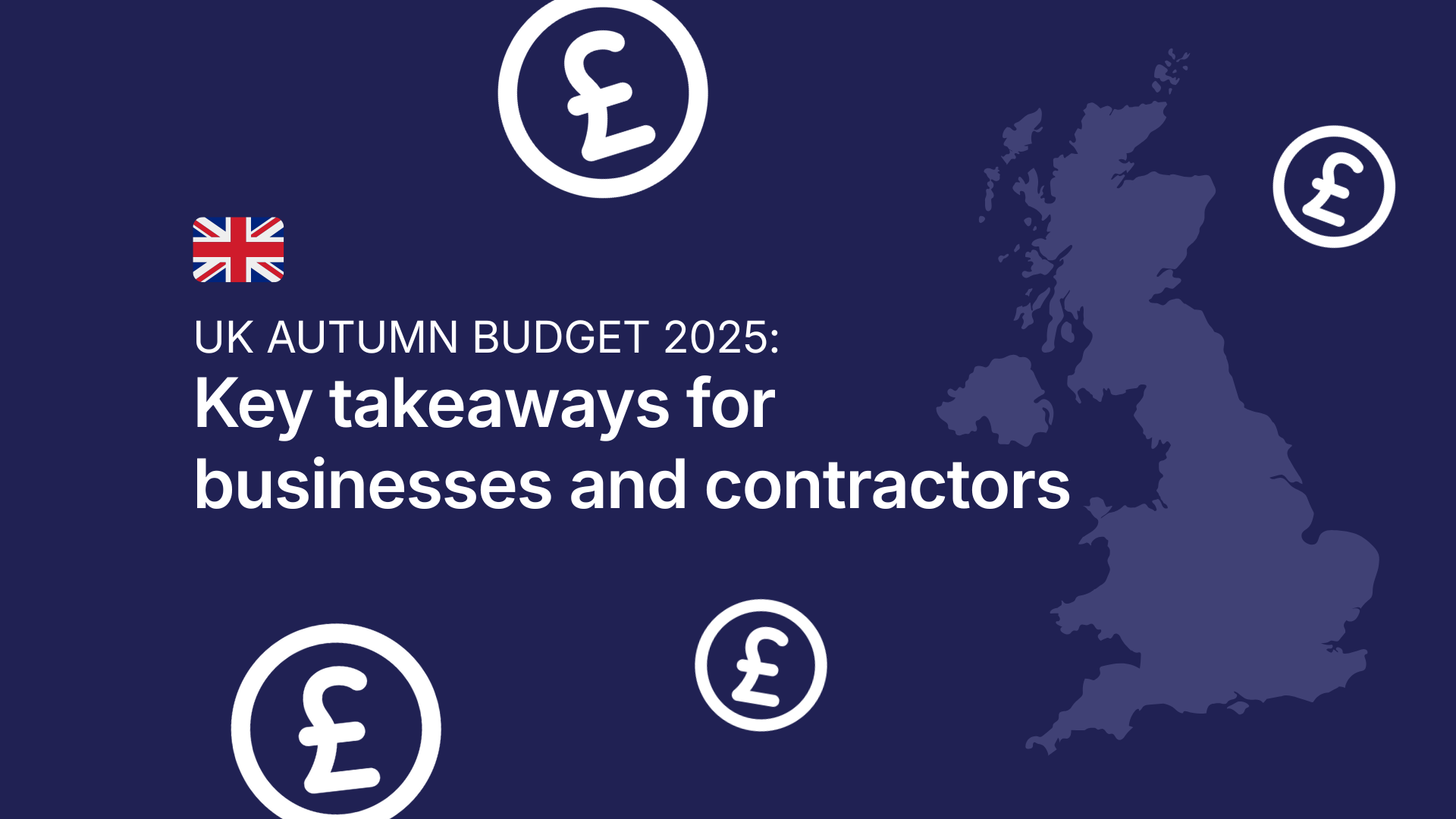One of the most challenging parts for many businesses is ensuring that they are getting the right people when it comes to hiring. After all, it is much more than just finding the right person for the job.
It is a matter of understanding the processes, checking if the freelancer is suitable for the role, and understanding the impact they can have on the company. Every company is different and has its unique hiring requirements.
This blog post will look at the difference between hiring full-time employees and freelancers to build a contingent workforce. We’ll provide you with some tips on how to remove the lengthy processes and multiple hiring tools and make it easier for you to find the right person for the job.
Main steps in hiring full-time employees
Hiring is a stressful process for both employers and job seekers. The key to making the process work is to be thorough, fair, and consistent. Here are some current steps in the hiring process for full-time staff.
HR planning
The HR planning process starts with examining the current workforce to ensure the organisation has all the talent it needs to complete its mission. The planning process also evaluates whether enough workers are in the correct positions to meet upcoming demands, including seasonal spikes and staff turnover. After analysing the current workforce, HR creates a plan to fill any gaps.
Recruitment
Recruitment is a step that typically occurs when there's an open job position. The organisation advertises the job, collects resumes and applications, and screens candidates before selecting a pool of finalists. Recruitment can also involve outreach activities to attract qualified candidates who might be interested in working for the organisation.
Selection
The decision could involve multiple interviews and assessments, including skills tests or interviews with other workers and managers within the organisation. The selection process can be long and arduous as you have gone through many rounds of interviews and, in most cases, multiple interviews for candidates that spark interest.
Some of these numerous interviews also have assessments attached, including skills tests or interviews with other workers and managers within the organisation. Once a person has finally been selected for the role, weeks or even months could have passed by, and then you have to be conscious about your new hires' notice period at their current company.
Over Complicated
This is obviously a basic and stripped-down process, but even from this, it becomes clear that these steps take a lot of time and can involve a lot of different parties. These processes can distract HR and other relevant parties from achieving the main company objectives.
Not to mention the impact this has on the hiring managers who have to dedicate a lot of time and effort to make sure they select the right person who can add long-term value to the company, so the process does not have to be repeated in a short period of time.
The benefits of using the freelance market
If you're a business owner looking to hire new employees, you're probably aware of the importance of getting your hiring process right. The last thing you want is to spend months searching for the right person, only to be landed with the wrong choice in a long-term, full-time position. Here are the benefits of getting your hiring process right by utilising the freelance market versus contracted employees:
Saving money
The cost of an incompetent or disruptive full-time employee can be considerable. In addition to their salary, you have to factor in training costs and any losses incurred by mistakes or underperformance. If the error is significant, you might have to deal with angry customers or lawsuits.
Saving time
Hiring new full-time employees is a significant drain on managerial time, especially if you must repeat the process repeatedly until you make the right choice. It makes sense to streamline your hiring process to ensure that your managers are freed from endless interviews so that each step is quick and efficient.
Damage limitation
Removing an unsuitable employee can be expensive, especially if it means paying them off with compensation or severance pay. By getting your hiring right the first time, you'll be able to avoid these financial penalties.
Reduces employee burnout
The longer you wait to fill a position, the more likely your employees will take on additional roles. This can lead to burnout and is terrible for morale. Hiring too early can also be a problem because if your new hire isn't adequately trained, they'll make mistakes. The best way to ensure you're not putting undue strain on your employees is to hire precisely at the right time.
Promotes company growth
This is one of the primary benefits of getting your hiring process right. If you can identify areas where you need more help, you can bring in new people who are both skilled and eager to learn. It also keeps employees from feeling overwhelmed or under appreciated.
Tips to improve the efficiency of your recruitment process
The recruitment process is an integral part of human resources, but it can also be a time-consuming and expensive endeavour. To improve the efficiency of your recruitment process, you have to approach it with an eye toward simplicity and cost-effectiveness. Here are some tips to help you do just that:
Utilise the freelance market
There is no reason to utilise the old school methods of MSPs, multiple excel documents, and compliance sign-offs from legal. All of this can be done from one single Freelance Management Platform, which can incorporate all of your previous headaches into one easy-to-use platform, including:
- Connected sourcing
- Global payments
- Contract management
- IR35
- Finance and insights
- Compliance
- Worker classification
- Right to work
Only include must-haves in your briefs
When writing freelancer briefs, it's easy to get carried away and include things you would like to see in an ideal candidate. However, doing this can limit the pool of qualified applicants who apply and create unrealistic expectations for applicants.
Make your interviews thorough and fair
It’s crucial not to drag out the interview process unnecessarily as this can mean losing a strong candidate when in reality having proper planning and understanding of the project and role can mean a much shorter screening process. If you don't feel confident in what you've decided, it's probably time to reevaluate what skills you are looking for.
Build a talent pipeline
Inefficient processes can cost you potential candidates who simply move on when they don't hear back quickly enough. To ensure you never miss out on great candidates, create a database of people you're interested in who didn't fit at that time, but will work for future positions. Also, if you spend too long deciding whether a freelancer can fill your brief, they could be taken by others interested in their service, so get them booked now and make decisions closer to the project launch.
Survey your candidates
One of the best ways to improve your recruitment process is to get feedback from candidates on what they liked or disliked about their experience—and whether they got hired or not. Asking them at the end of each interview will allow you to make changes along the way and improve your hiring process over time.
Freelancer vs full time
As we have seen, the standard hiring process for full-time employees can be long and arduous even though they have merit as long-term contributors to your company. However, freelancers provide the freedom and flexibility of having expert assistance within your already established teams or building entirely new ones from scratch. Utilising a freelancer management platform removes all the headaches of spreadsheets, individual management, costs, and compliance by reducing time to hire by up to 90% and fees by 85% while ensuring compliance is connected.







